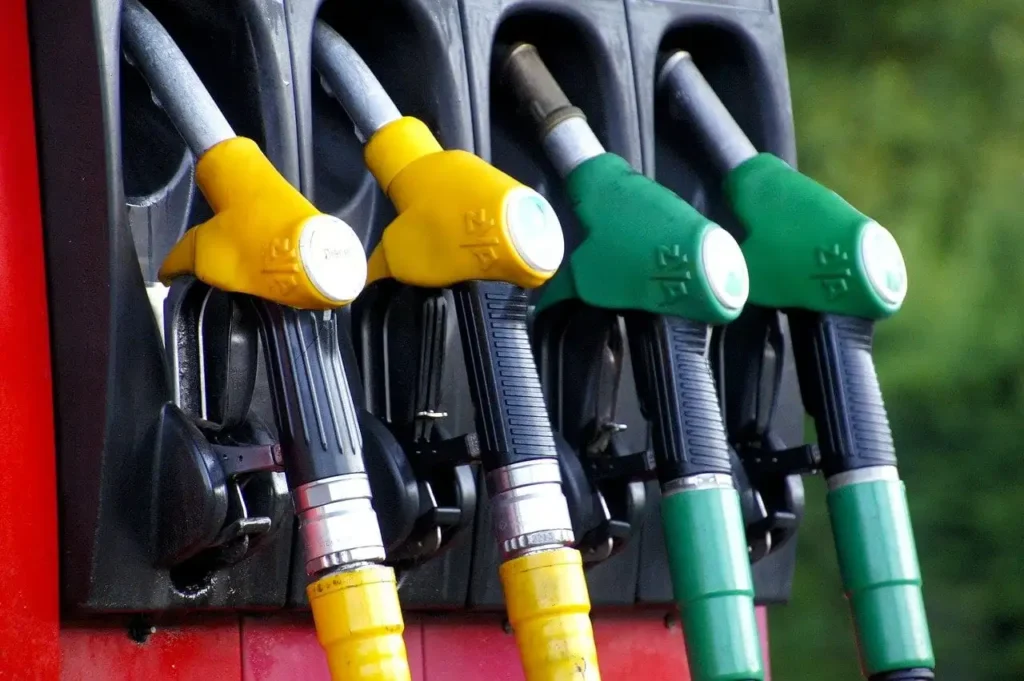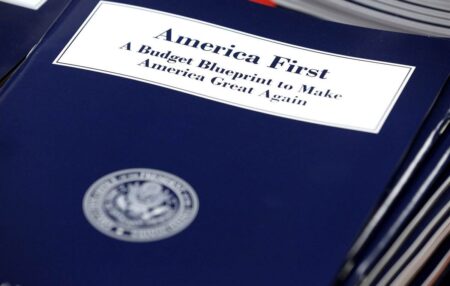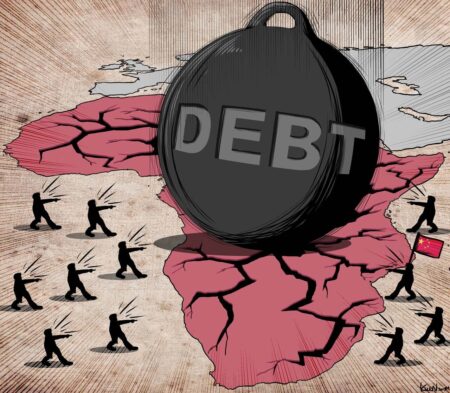- Kenya’s inflation has eased for the second month in a row since hitting 8% in May.
- The drop in the cost of living came despite increased taxes on pump prices that is manifesting in higher transport costs.
- Previously, Central Bank Governor Kamau Thugge projected Kenya’s inflation to fall within the target band of 2.5% to 7.5% by October.
Kenya’s inflation eased in the month of July, going below the Central Bank of Kenya’s target range of between 2.5 per cent and 7.5 per cent for the first time in over a year. In the month under focus, Kenya’s inflation dropped to 7.3 per cent down from 7.9 per cent in June. The drop in the cost of living came despite increased taxes on pump prices that is manifesting in higher transport costs.
Consumer prices went up by 7.3 percent annually in July, marking the slowest rate in 14 months. This was the second consecutive drop after easing from eight per cent in May, data by the Kenya National Bureau of Statistics (KNBS) shows.
Kenya’s inflation target band
Previously, Central Bank Governor Kamau Thugge stated that he expects Kenya’s inflation to fall within the target band of 2.5 percent to 7.5 percent by October.
Kenya has experienced a period of high inflation since last year. The biggest drivers of price increases were transport 13 per cent, food and non-alcoholic beverages (8.6 per cent) and housing, water, electricity, gas and other fuels (7.8 per cent) between July 2022 and last month. The three divisions account for over 57 per cent of the weights of 13 broad categories used to measure Kenya’s inflation.
The month-on-month food and non-alcoholic beverages index decreased by 0.5 per cent between June and July 2023.
“Prices of most food products dropped during the period. In particular, the prices of potatoes, tomatoes, cowpeas and cabbages declined by 12. (Clonazepam) 2 per cent, 10.1 per cent, 8.3 and 8.1 per cent, respectively,” KNBS Director General Macdonald Obudho said in a statement on Monday.
However during the same period, the price of onions (leeks and bulbs) increased by 11.4 per cent. The housing, water, electricity, gas and other fuels’ index decreased by 1.2 per cent between June and July. “This was mainly due to decline in the prices of gas and electricity,” Dr Obudho noted.
During the review period, the prices of 13Kg gas, 200 kilowatts and 50 kilowatts of electricity decreased by 9.2, 5.3 and 4.4 per cent, respectively.
Fuel costs driving up inflation
Prices of kerosene, however, rose by five per cent during the month. The transport index went up by 3.5 per cent between June and July mainly due to increase in prices of petrol and diesel.
This came at a time the government also revised upwards Value Added Tax on fuel products from eight per cent to 16 per cent, under the Finance Act 2023.
While commodity prices are the main measurement on the cost of living, a weakening currency has been a setback for Kenya.
The shilling has been on a losing streak against major global currencies, with regional currencies also gaining against the shilling. A weaker shilling means importers spend more on goods such as petroleum products and raw materials for factories, with the costs finally being passed to consumers.
“The weakening has resulted in higher import costs of raw materials for manufacturers, as well as higher food, transport and household commodity prices more broadly,” trading solutions provider, AZA Finance said.
The Central Bank of Kenya has been putting a number of measures to stabilize the local currency, among them back-to-back increases on its base lending rate.
However, the apex bank has decided to let the shilling find its settling place, which leaves it exposed to the US Dollar and other major currencies. With Kenya a net importer, the weakening shilling is expected to lead to a high import bill hence high commodity prices.
Also Read: Kenya’s current account balance down by $591M—Central Bank
Global outlook
Global economic outlook remains uncertain, reflecting continued concerns about financial sector stability in advanced economies and continuing geopolitical tensions, particularly the ongoing war in Ukraine.
There is also a concern over the pace of monetary policy tightening in advanced economies. Additionally, headline inflation rates in advanced economies have been easing, but have remained above respective targets with persistent core inflationary pressures.
Russia’s withdrawal from the deal allowing Ukraine to safely export grain through the Black Sea has also threatened to cause a spike in food prices, with poor countries expected to suffer more.
More than 80 per cent of Kenya’s wheat import is sourced from the two countries with other major sources being Argentina and the US.
Local production has failed to meet demand, with the country’s annual consumption standing at an average 900,000 tonnes, against a production of about 350,000 tonnes.
Apart from wheat, Kenya also imports iron and steel, an assortment of cereals, edible vegetables, vegetable fats and oils and cleavage products from Ukraine.
Global growth
IMF has projected global growth to fall from an estimated 3.5 per cent in 2022 to three per cent in both 2023 and 2024.
This, as the rise in central bank policy rates to fight inflation continues to weigh on economic activity. Global headline inflation is expected to fall from 8.7 per cent in 2022 to 6.8 per cent in 2023 and 5.2 per cent in 2024.
Underlying (core) inflation is projected to decline more gradually, and forecasts for inflation in 2024 have been revised upward. In most economies, the priority remains achieving sustained disinflation while ensuring financial stability, IMF notes.
“Therefore, central banks should remain focused on restoring price stability and strengthen financial supervision and risk monitoring,” IMF said in a statement.
Should market strains materialize, countries should provide liquidity promptly while mitigating the possibility of moral hazard. It has also advised countries to build fiscal buffers, with the composition of fiscal adjustment ensuring targeted support for the most vulnerable.
“Improvements to the supply side of the economy would facilitate fiscal consolidation and a smoother decline of inflation toward target levels,” IMF said.











